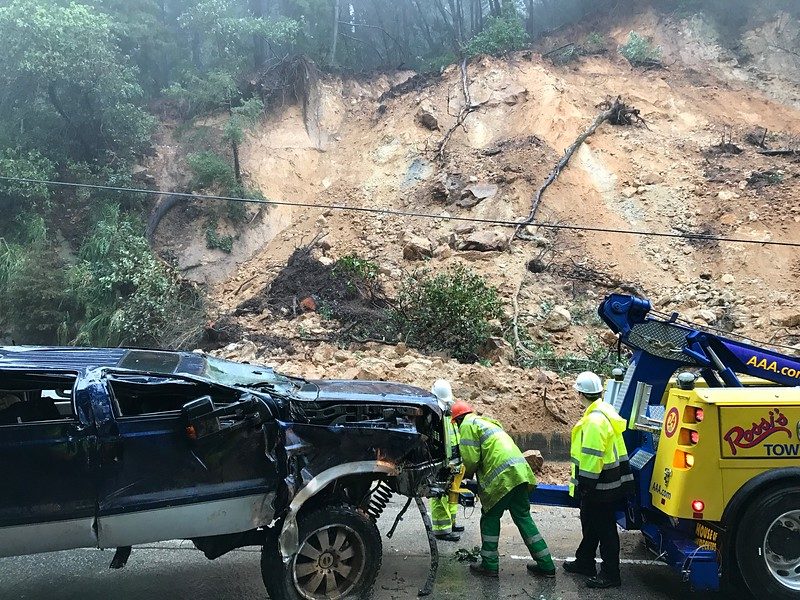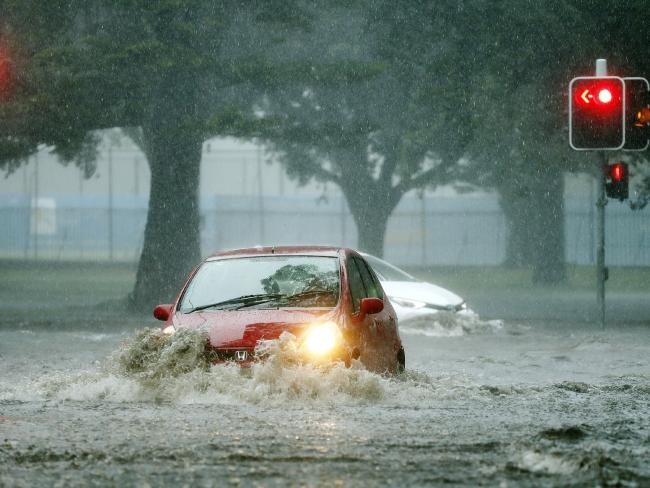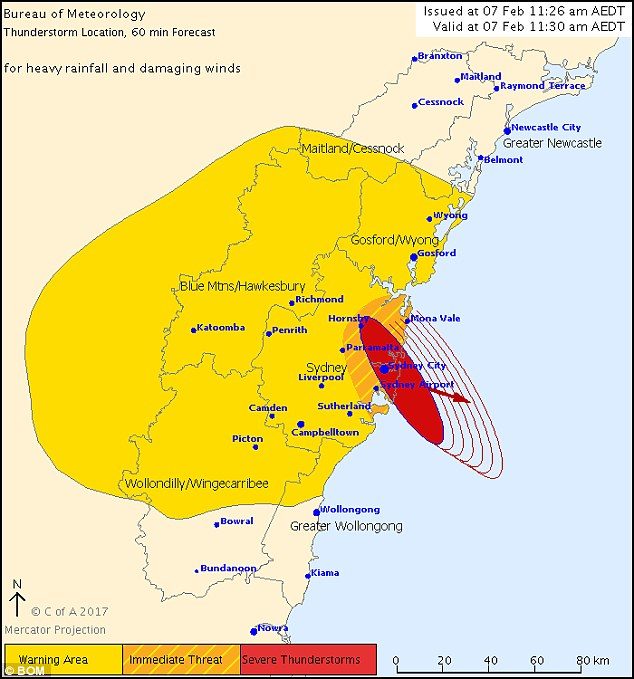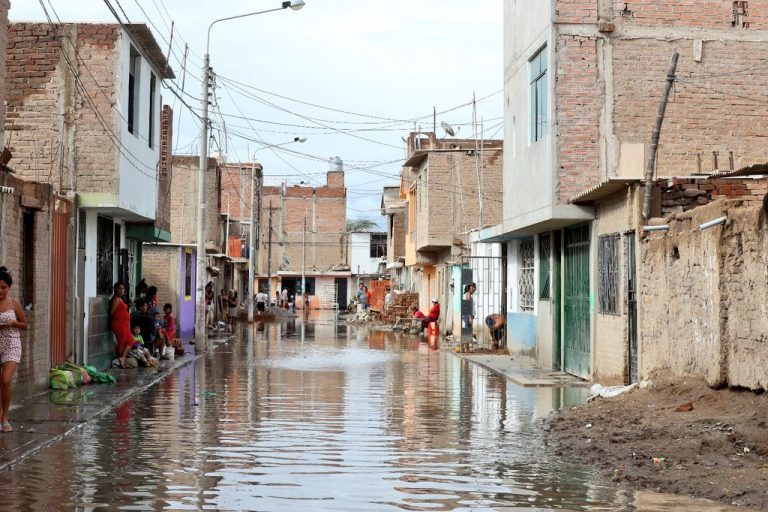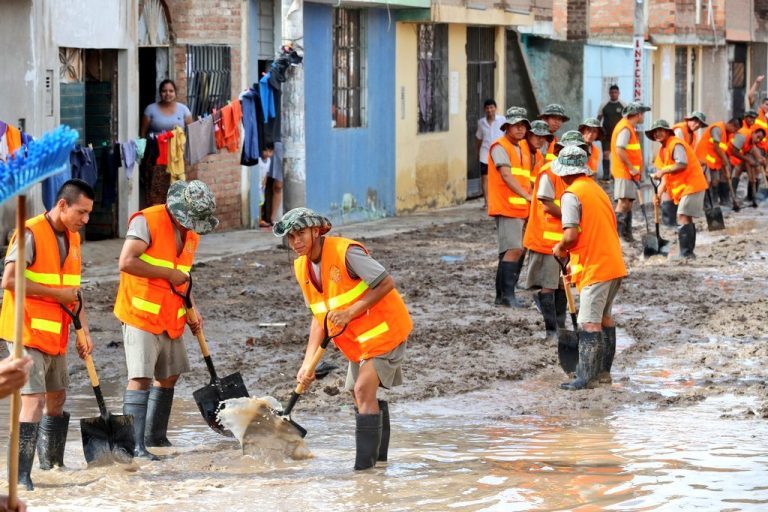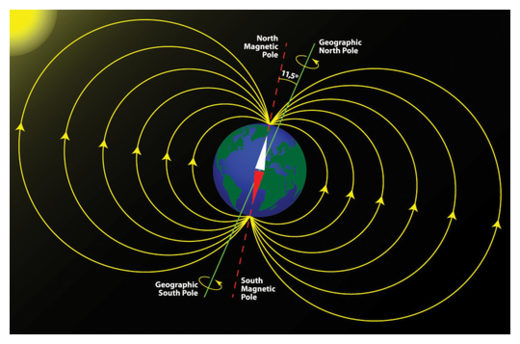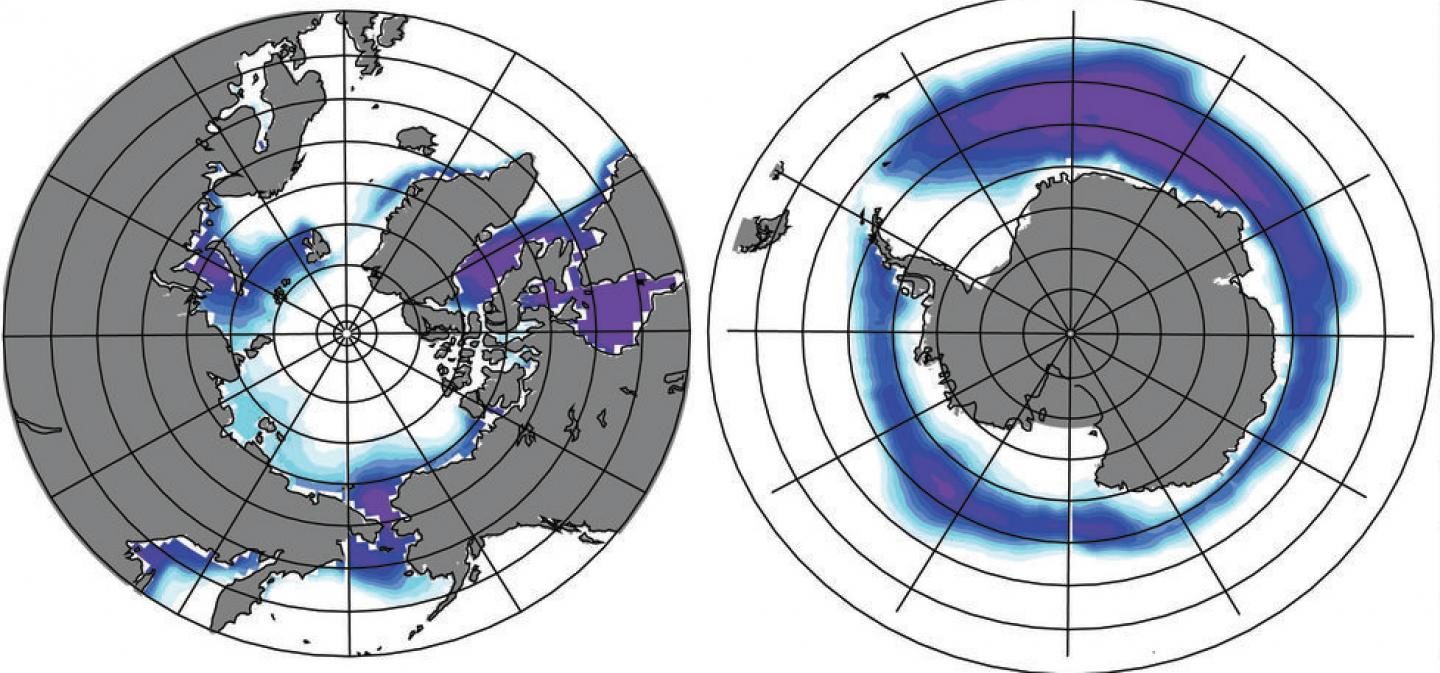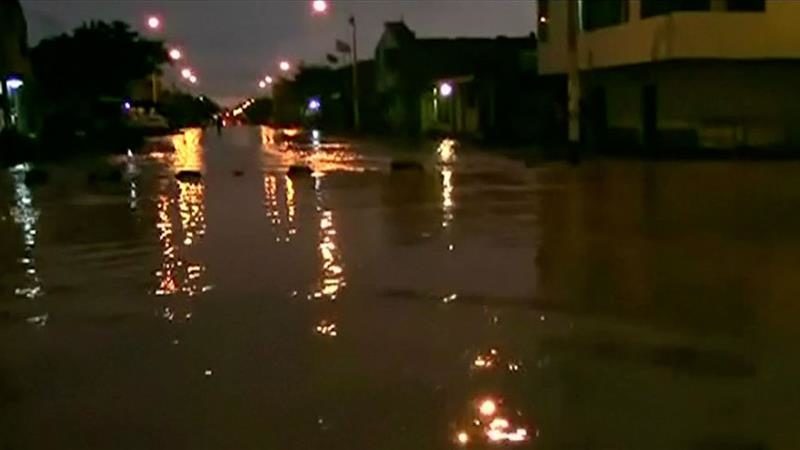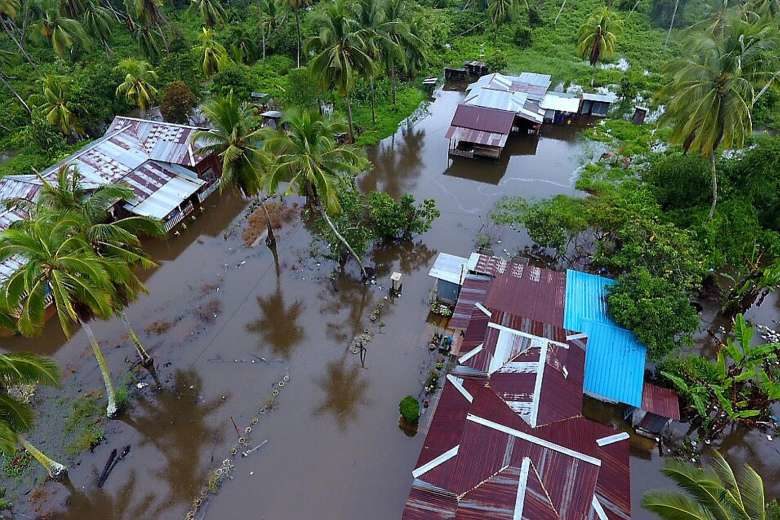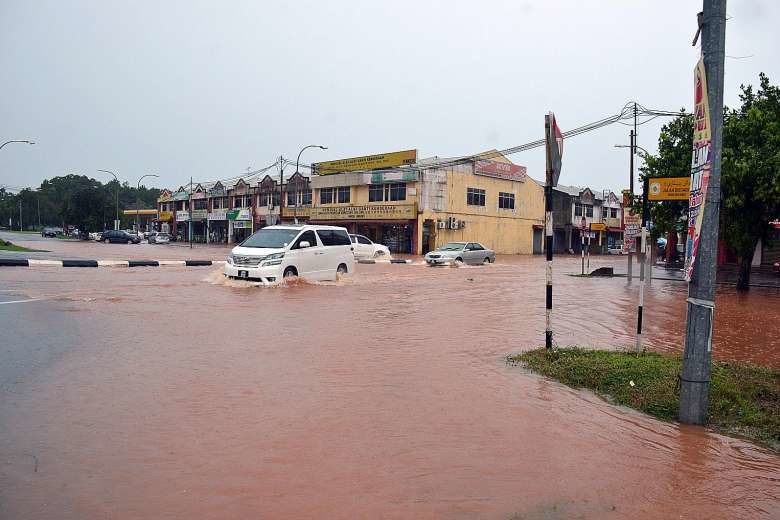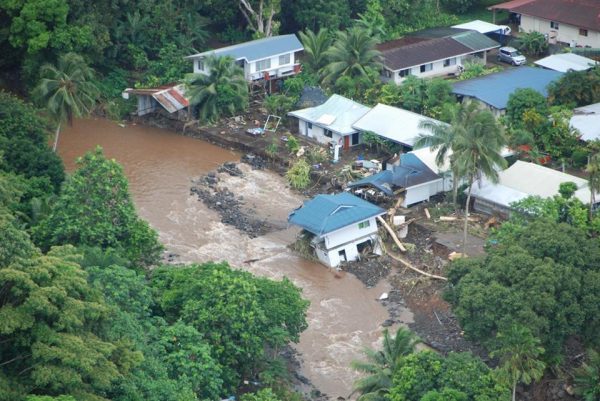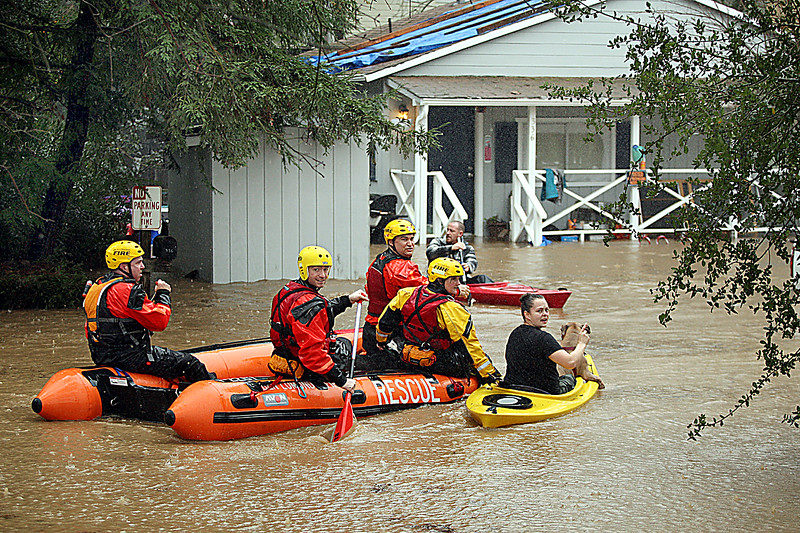
© Dan Coyro -- Santa Cruz SentinelBen Lomond Firefighters rescue Rachel Turner's dogs and escort her from her flooded home on Old Covered Bridge Road in Felton Tuesday morning when the San Lorenzo River hit flood stage.
The San Lorenzo River is overflowing its banks in several spots between Santa Cruz and Felton where the river rose to major flood stage. In downtown Santa Cruz, the river reached moderate flood stage -- 23.3 feet -- just after noon, and it's still rising, KSBW meteorologist Art Jarrett said.
Santa Cruz County officials sounded a flood warning siren Tuesday morning, notifying Felton Grove residents of impending danger. Firefighters rescued residents who were trapped inside their homes by flood waters. Reporter Phil Gomez witnessed the river overflowing onto Highway 9 at Sycamore Grove, just north of Santa Cruz. Sycamore Grove looks like a lake.
"
Highway 9 is underwater. I've never seen the San Lorenzo River go over Highway 9," Gomez said.
County spokesman Jason Hoppin said, "We have several rivers at or approaching flood stage (San Lorenzo, Soquel and Corralitos), with rain expected to continue this afternoon. We are activating the Emergency Operations Center."
An atmospheric river flowing off the Pacific Ocean pounded Santa Cruz County with rain throughout Monday night and into Tuesday morning. More heavy rain is forecast for this afternoon, and county officials are bracing for more rivers and creeks possibly overflowing in a few hours.
"
It's going to get worse before it gets better," Hoppin said.
KSBW Meteorologist Lee Solomon reported flash flooding in Paradise Park, and the Tannery Arts Center in Santa Cruz.
Solomon said, "The Santa Cruz Mountains have received a deluge.
Way too much rain in a very short period of time. A flash flood is occurring in the Paradise Park area. Move to higher ground immediately."
NOAA's San Lorenzo River gauge at Big Trees recorded water levels rising to 23 1/2 feet at noon. The river's major flood stage is 21.8 feet, and minor flood stage is 16.1 feet.
Over in Scotts Valley, Highway 17 is closed in all directions. A mudslide caused one driver's SUV to flip and crash on Highway 17's northbound lanes, near Vinehill Road. The California Highway Patrol is diverting all drivers off the highway, and there is no estimated time for reopening.
"The slide is unstable," the CHP said.
Tuesday's atmospheric river-powered storm has so far caused more severe problems than the first atmospheric river that blasted the Central Coast in January.
"The ground is already soaked, so all of this rain is running into the riverbeds," Hoppin said.
He added that while the Pajaro River takes a long time to rise, the San Lorenzo River, Soquel Creek, and Corralitos Creek rise rapidly during storms.
